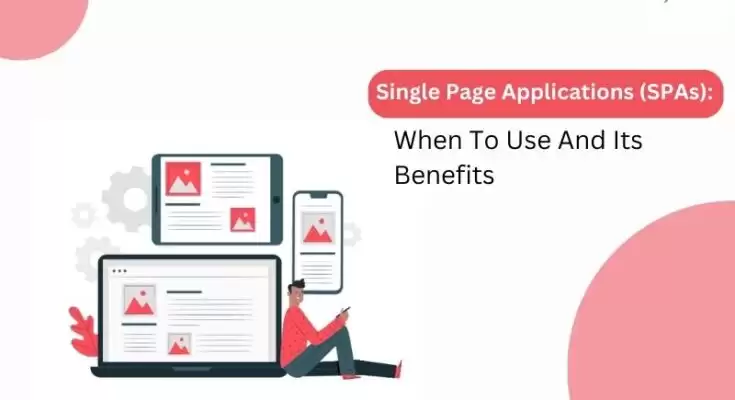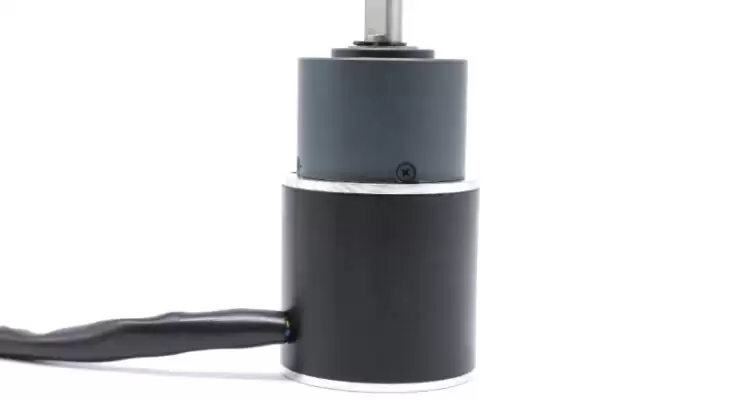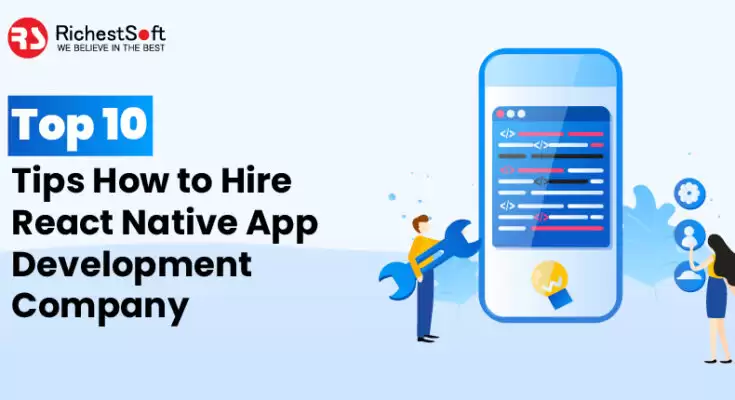In today’s fast-paced digital world, web applications need to deliver a smooth and interactive user experience. Single Page Applications (SPAs) have gained popularity for their ability to provide a seamless and responsive user interface. Unlike traditional multi-page applications, SPAs load only once, allowing users to navigate through the content without page reloads.
If you want to provide your users with interesting, distinctive, and smooth web application development solutions, single page applications (SPAs) are the ideal alternative for your company.
Single page applications (SPAs) have become increasingly popular due to their ability to create an engaging user experience. However, they come with both advantages and disadvantages that must be taken into consideration when deciding whether or not to use a SPA framework. The Single-spa framework is one such framework that can be used to build SPAs, and it is important to understand the single page application advantages and disadvantages that come with using this particular architecture.
In this blog post, we will discuss the Single-spa pros and cons in order to help you decide if this framework is right for you.
Understanding Single Page Applications (SPAs)
Single Page Application Development is a new way of building web applications. This technique allows the web application to provide a more seamless user experience by eliminating the need for the web page to reload every time the user requests new content. SPAs have become increasingly popular in recent years as more web application development solutions have adopted this approach to building their applications.
Single-Page Application Vs Multi-Page Application
The main difference between the two is that SPAs only load the required HTML, CSS, and JavaScript files once, and then only update the page when necessary using AJAX calls. In contrast, MPAs load a new HTML page for each interaction with the server.
SPAs offer a more responsive and seamless user experience, as users don’t have to wait for the page to reload after each interaction. This is particularly useful for web applications that require frequent user interactions and real-time updates.
On the other hand, MPAs are easier to build and maintain, as developers only have to worry about one page at a time. They’re also better for SEO, as each page has its own URL and metadata, making it easier for search engines to index.
How Do Single Page Applications Work?
SPAs utilize advanced web technologies such as JavaScript frameworks (e.g., Angular, React, Vue.js) to dynamically update the content on a single web page. When a user interacts with an SPA, the application communicates with the server to retrieve data, often in the form of JSON (JavaScript Object Notation) via APIs (Application Programming Interfaces). The retrieved data is then rendered on the page, enabling a fast and fluid user experience.
Benefits of using Single Page Applications
Single Page Applications have been growing in popularity over the years and it’s not hard to see why. The benefits of using SPAs in web application development are numerous and far-reaching. Here are just a few of the key advantages:
1. Faster loading times:
Since SPAs only load the required data and content instead of refreshing the entire page, they offer faster load times and a better user experience.
2. Enhanced user experience:
With SPAs, the user experience is much smoother and more seamless since the page doesn’t have to reload every time a user navigates to a new section of the site. This makes for a more engaging and intuitive user interface.
3. Improved scalability:
SPAs are more scalable than traditional web applications, as they can handle larger volumes of data and content more efficiently.
4. Reduced server load:
With SPAs, the server load is reduced since the server only has to handle data requests, rather than rendering HTML pages.
5. Easier maintenance:
SPAs are easier to maintain and update, since all the content is loaded on a single page.
6. Increased interactivity:
SPAs allow for more interactivity and real-time updates, which is essential for applications that require frequent updates and interactions.
When to Use Single Page Applications
1. Content-Centric Websites
SPAs are well-suited for content-centric websites where the focus is on delivering a seamless reading experience. Blogs, news portals, and online magazines can greatly benefit from SPAs as they allow users to browse articles without encountering page reloads, thus providing a smooth and uninterrupted reading flow.
2. Web Applications with Complex User Interfaces
When building web applications with complex user interfaces that involve intricate workflows and data manipulation, SPAs shine. The dynamic nature of SPAs enables real-time updates and responsive UI elements, facilitating a more interactive and intuitive user experience. Applications such as project management tools, customer relationship management (CRM) systems, or data visualization dashboards can leverage SPAs to enhance productivity and user satisfaction.
3. Interactive Product Showcases
For businesses aiming to showcase their products or services in an engaging and interactive manner, SPAs offer a compelling solution. By utilizing rich media elements, animations, and seamless transitions, SPAs can captivate visitors, immersing them in a visually appealing product presentation. This can be particularly effective for industries such as e-commerce, real estate, or travel, where a captivating user experience can influence purchasing decisions.
Single Page Application Pros and Cons
Single Page Application Pros
Single Page Applications (SPAs) have become increasingly popular over the past few years and are being adopted by many organizations worldwide. These applications offer a lot of benefits to both developers and users. Let’s take a look at some of the most notable advantages of using Single Page Applications.
1. Better User Experience:
One of the main advantages of SPAs is that they provide a seamless user experience. As the name suggests, a single page is loaded in the browser and the content is updated dynamically. This means that there is no need for page refreshes, and users can quickly and easily access the information they need.
2. Faster Load Times:
With SPAs, only the required data is loaded from the server, rather than an entire webpage. This means that load times are much faster, resulting in a better user experience.
SPAs are highly responsive and work well on mobile devices. This is because they are built using technologies like HTML5, CSS3, and JavaScript, which are optimized for mobile devices.
3. Easy to Maintain:
Single Page Applications are easier to maintain as compared to traditional websites. Since all the content is on a single page, it is much easier to make updates and changes without affecting the entire website.
4. Lower Bandwidth Consumption:
SPAs are lightweight, which means that they consume less bandwidth than traditional websites. This is especially beneficial for users who are on limited data plans.
Single Page Application Cons
As with any technology, Single Page Applications (SPAs) come with their own set of drawbacks. In this section, we’ll explore some of the cons of using SPAs.
1. Limited SEO Optimization
One of the biggest downsides of using an SPA is that it can be challenging to optimize for search engines. Since SPAs rely heavily on JavaScript, it can be tough for search engine crawlers to index the content. This can lead to lower search rankings and ultimately, fewer site visits.
2. Initial Load Time
Another potential issue with SPAs is their initial load time. Unlike traditional web pages, SPAs have to load all of their necessary resources (HTML, CSS, and JavaScript) before they can be displayed to the user. This can result in slower initial load times, especially for users on slower internet connections.
3. Browser Compatibility
Because SPAs use JavaScript to manipulate the page content, they may not function as intended on older browsers. This can be a problem for users who are unable or unwilling to upgrade their browsers.
4. Difficulty in Developing Complex Applications
While SPAs are great for simple applications, they may not be the best choice for complex applications. As the application grows, the complexity of the codebase can become unwieldy and difficult to maintain.
5. Higher Learning Curve
Finally, SPAs can be more difficult to develop than traditional web pages. This is because SPAs rely on complex JavaScript frameworks and libraries that may require a higher level of expertise to use effectively.
Conclusion
Single Page Applications (SPAs) have revolutionized web development by providing enhanced user experiences, improved performance, seamless navigation, and offline capabilities. Their suitability varies depending on the type of website or application being developed. Content-centric websites, web applications with complex user interfaces, and interactive product showcases can particularly benefit from SPAs. Understanding the benefits and use cases of SPAs empowers developers to create cutting-edge web experiences that captivate users and elevate their digital interactions








